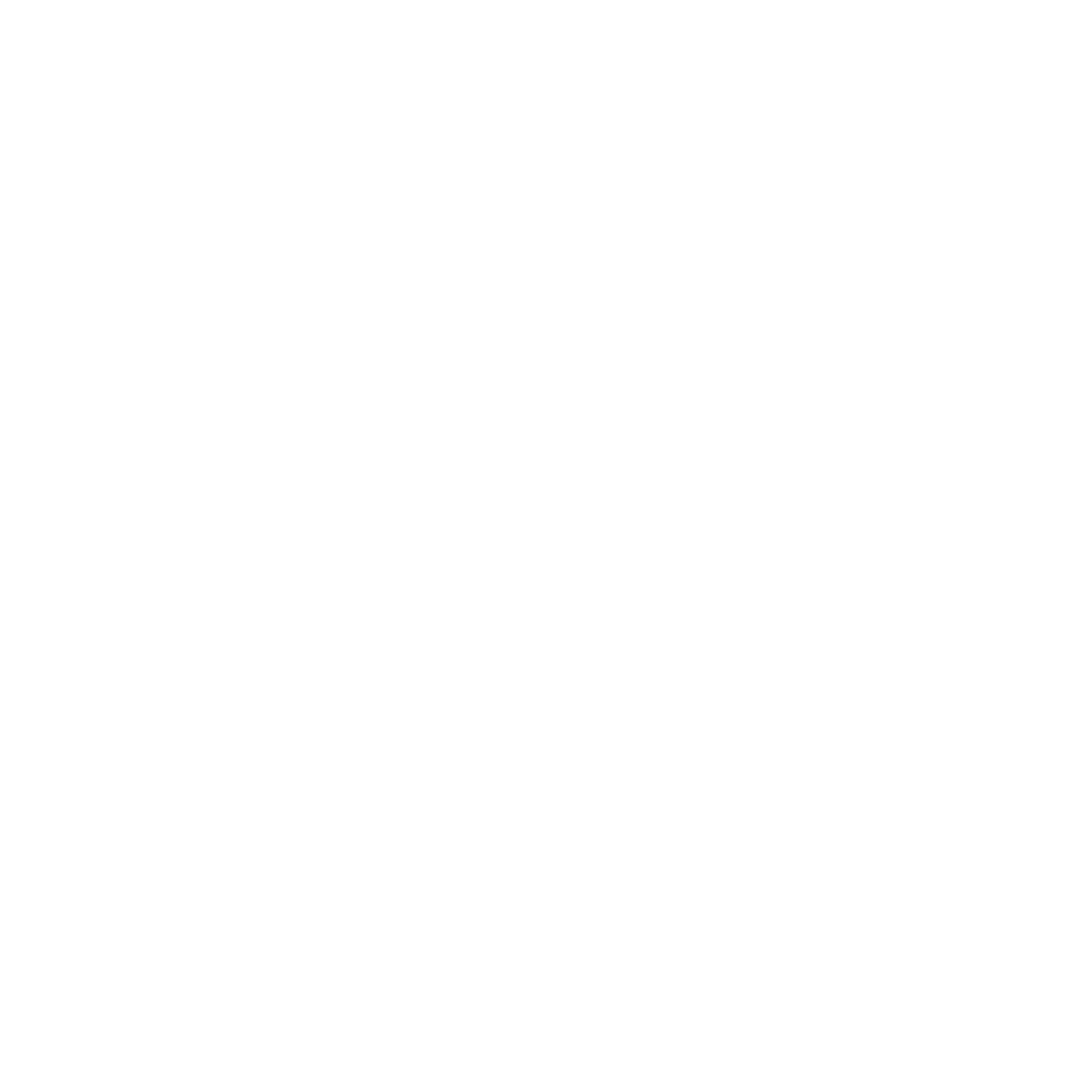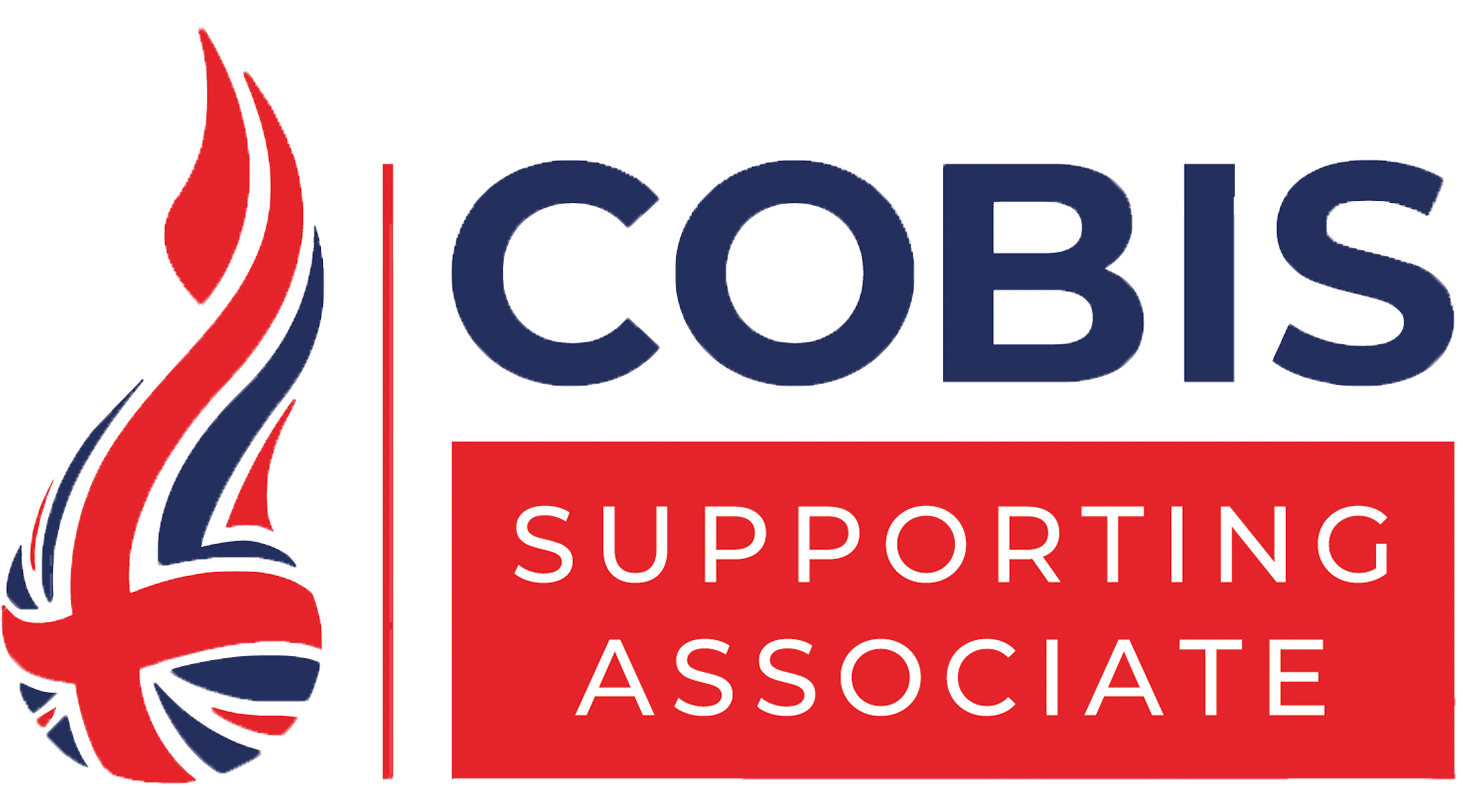Dylan Wiliam and Paul Black originally defined formative assessment as: “encompassing all those activities undertaken by teachers, and/or their students, which provide information to be used as feedback to modify the teaching and learning activities in which they are engaged” (Black and Wiliam 1998). Formative assessment strategies are central to effective and responsive teaching and learning. They are also linked to the different stages of the learning process in addition to curriculum planning, design and delivery.
Formative assessment involves a range of evidence-informed strategies used in the classroom across the curriculum with learners of different ages, and can be applied across all subjects. Formative assessment can help the teacher and student understand what needs to be learned and how this can be achieved. A teacher can use a range of strategies to support their students to make progress, and the learner can embrace formative assessment strategies to monitor and reflect on their own progress and act on feedback provided by the teacher and/or their peers.
Dylan Wiliam and Siobhan Leahy have written extensively about five key formative assessment strategies (Embedded Formative Assessment, 2011). The five strategies promoted by Wiliam and Leahy are:
- Clarifying, sharing and understanding learning intentions and success criteria
- Engineering effective discussions, tasks, and activities that elicit evidence of learning
- Providing feedback that moves learners forward
- Activating students as learning resources for one another
- Activating students as owners of their own learning.
For each of these strategies a range of techniques can be deployed in the classroom. Formative assessment strategies take place during the learning process in contrast to summative assessment that focuses on a final and high stakes exam or test. The aim of these strategies is to continually help students make progress and develop.
As with all approaches in education, these strategies can either be implemented effectively, badly or by becoming ‘lethal mutations’. In such situations, evidence-based strategies are rushed, misunderstood or misapplied to the point of no longer resembling the original research or desired outcome.
In order to avoid misconceptions and mutations, teachers and school leaders need to carefully consider the evidence base and select formative assessment strategies and techniques suitable for their context. This must be followed by considered and meaningful review and reflection.
To find out more about formative assessment strategies in the classroom, for effective teaching and learning, you can sign up to our upcoming webinar here or, if you are based in the United Arab Emirates, you can sign up for the in person workshop in Dubai here. The webinar and workshop will be led by Kate Jones, Senior Associate for Teaching and Learning and author or Wiliam and Leahy’s Five Formative Assessment Strategies: In Action (2021).
References:
Black, P., & Wiliam, D. (1998). Assessment and classroom learning. Assessment in Education, 5, 7-74. doi:10.1080/0969595980050102
Embedding Formative Assessment. Practical Techniques for the Classroom. Dylan Wiliam and Siobhan Leahy. (2011).






Do formative assessments cover the support listed in section F of a CYP EHCP? Or should there be a separate graduated response for those interventions? Experiencing an uncommunicative school.
A theoretical statements are available but translating into a curriculum is required. Formative is for student self learning hence there needs to be a mechanism to have a graded approach and chance that retake an assessment it required.